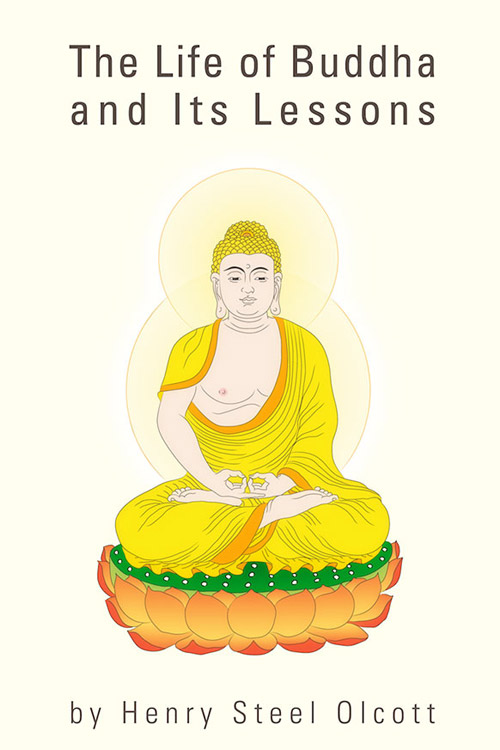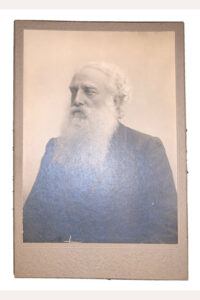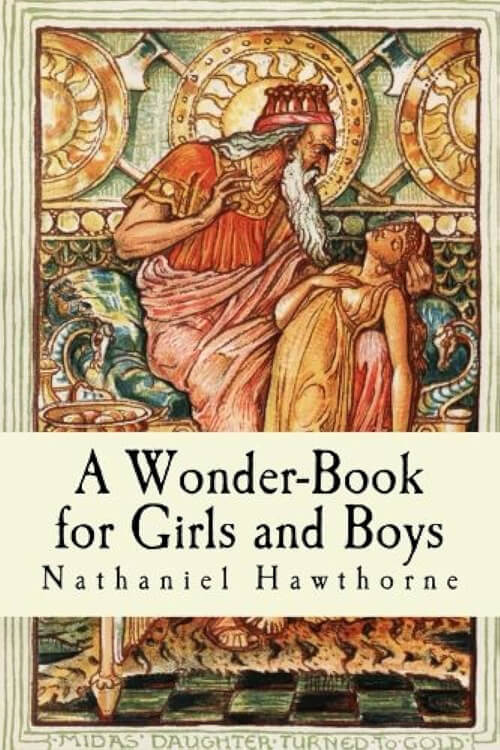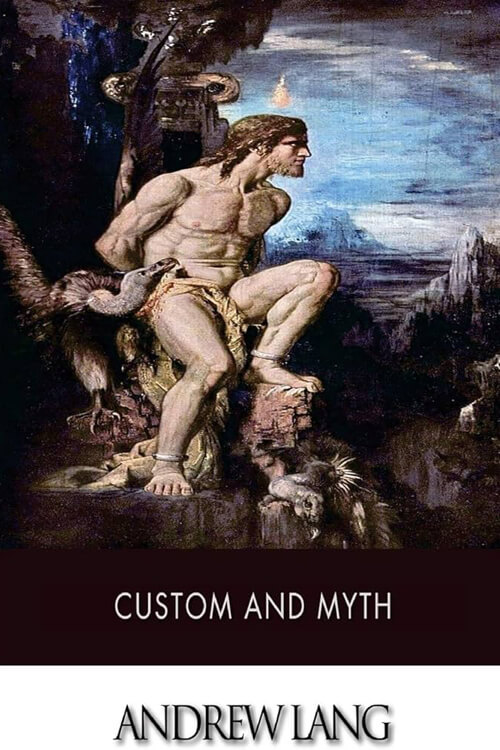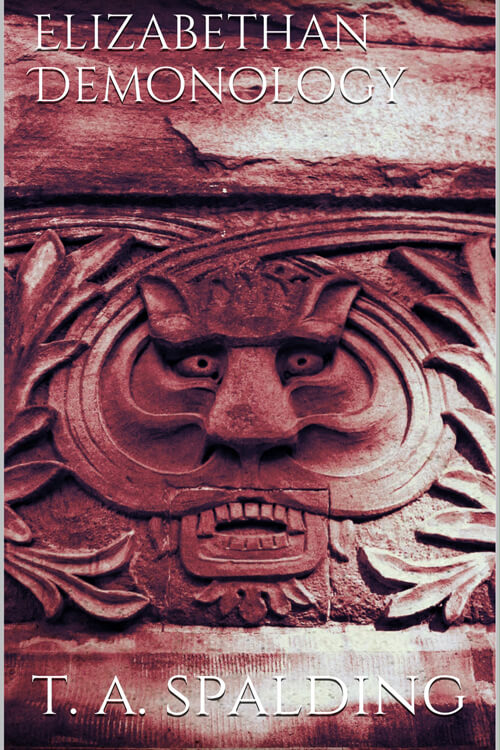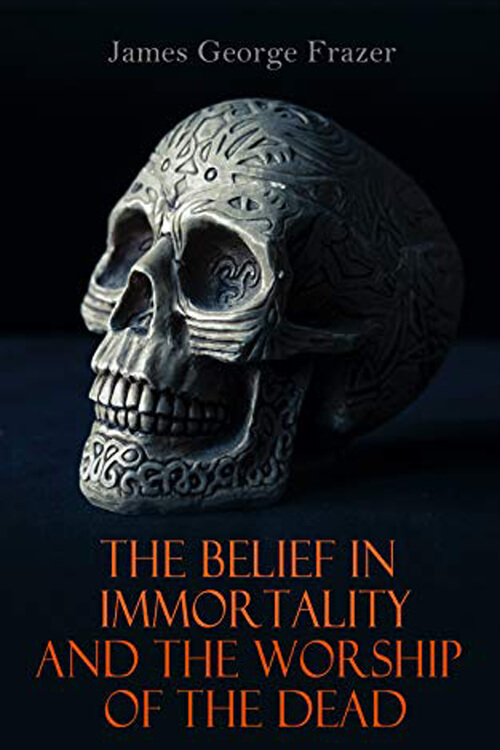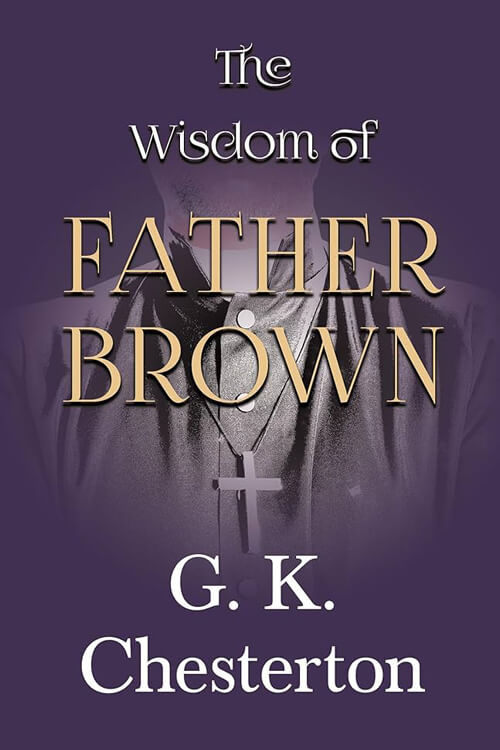
The Life of Buddha and Its Lessons
The thoughtful student, in scanning the religious history of the race, has one fact continually forced upon his notice, viz., that there is an invariable tendency to deify whomsoever shows himself superior to the weakness of our shared humanity. Look where we will; we find the saint-like man exalted into a divine personage and worshipped for a god. Though perhaps misunderstood, reviled, and even persecuted while living, the apotheosis is almost sure to come after death, and the victim of yesterday’s mob, raised to the state of an Intercessor in Heaven, is besought with prayer and tears, and placatory penances, to mediate with God for the pardon of human sin. This is a mean and vile trait of human nature, the proof of ignorance, selfishness, brutal cowardice, and superstitious materialism. It shows the base instinct to put down and destroy whatever or whoever makes men feel their imperfections, with the alternative of ignoring and denying these very imperfections by turning into gods, men who have merely spiritualized their natures so that it may be supposed that they were heavenly incarnations and not mortal like other men.
This process of euhemerization, as it is called, or the making of men into gods and gods into men, sometimes, though more rarely, begins during the hero’s life, usually after death. The true history of his life is gradually amplified and decorated with fanciful incidents to fit it into the new character which has been posthumously given to him. Omens and portents are now made to attend his earthly avaṭāra: his precocity is described as superhuman: as a babe or lisping child, he silences the wisest logicians by his divine knowledge: miracles he produces as other boys do soap bubbles: the terrible energies of nature are his playthings: the gods, angels, and demons are his habitual attendants: the sun, moon, and all the starry host wheel around his cradle in joyful measures, and the earth thrills with joy at having borne such a prodigy: and at his last hour of mortal life the whole universe shakes with conflicting emotions. Why do I need to use the few moments at my disposal to marshal the various personages of those to whom these fables have been written before you? Let it suffice to recall the interesting fact to your notice and invite you to compare the respective biographies of the Brāhmaṇical Kṛṣhṇa, the Persian Zoroaster, the Egyptian Hermes, the Indian Gauṭama, and the canonical, mainly the apocryphal, Jesus. You will find them all made after the same pattern by taking Kṛṣhṇa or Zoroaster, as you please, as the most ancient and coming down the chronological line of descent. The real personage is all covered up and concealed under the embroidered veils of the romancer and the enthusiastic historiographer.
Read or download Book
Henry Steel Olcott
Olcott was born on 2 August 1832 in Orange, New Jersey, the oldest of six children to Presbyterian businessman Henry Wyckoff Olcott and Emily Steele Olcott.
Biography
As a child, Olcott lived on his father’s New Jersey farm. During his teens, he attended first the College of the City of New York and later Columbia University, where he joined the St. Anthony Hall fraternity, a milieu of well-known people. In 1851, his father’s business failed, and he had to leave the university. While living in Amherst, Ohio, Olcott was introduced to spiritualism by relatives who had formed a spiritualist circle after seeing the Fox sisters on tour in Cleveland. During this period, Olcott became interested in studies of “psychology, hypnotism, psychometry, and mesmerism” In 1853, after returning to New York, Olcott became a founding member of the New York Conference of Spiritualists. He also published letters and articles on spiritualist topics in the Spiritual Telegraph under the pseudonym “Amherst.” From 1858 to 1860, Olcott was the agricultural correspondent for the New York Tribune and the Mark Lane Express but occasionally submitted articles on other subjects. He was present for John Brown’s execution. He also published a genealogy of his family extending back to Thomas Olcott, one of the founders of Hartford, Connecticut, in 1636.
In 1860, Olcott married Mary Epplee Morgan, daughter of the rector of Trinity Parish, New Rochelle, New York. They had four children, two of whom died in infancy. He served in the US Army during the American Civil War and was admitted as the Special Commissioner of the War Department in New York afterwards. He was later promoted to colonel and transferred to the Department of the Navy in Washington, DC. He was well respected, and in 1865, following the assassination of Abraham Lincoln, he assisted in investigating the assassination. In 1868, he became a lawyer specializing in insurance, revenue, and fraud. In 1874, he became aware of the séances of the Eddy Brothers of Chittenden, Vermont. His interest aroused, Olcott wrote an article for the New York Sun, in which he investigated Eddy Farms. His article was popular enough that other papers, such as the New York Daily Graphic, republished it. His 1874 publication People from the Other World began with his early articles concerning the Spiritualist movement. Also, in 1874, Olcott met Helena Blavatsky while visiting the Eddy farm. His foundational interest in the Spiritualist movement and his budding relationship with Blavatsky helped foster his development of spiritual philosophy. Olcott continued to act as a lawyer during the first few years of the establishment of the Theosophical Society, in addition to being a financial supporter of the new religious movement.
In early 1875, Olcott was asked by prominent Spiritualists to investigate an accusation of fraud against the mediums Jenny and Nelson Holmes, who had claimed to materialize the famous “spirit control” Katie King (Doyle 1926: Volume 1, 269–277). In 1880, Helena Blavatsky and Olcott became the first Westerners to receive the Three Refuges and Five Precepts, the ceremony by which one traditionally becomes a Buddhist; thus, Blavatsky was the first Western woman to do so. Olcott once described his adult faith as “pure, primitive Buddhism,” but he was a unique sort of Buddhist.

